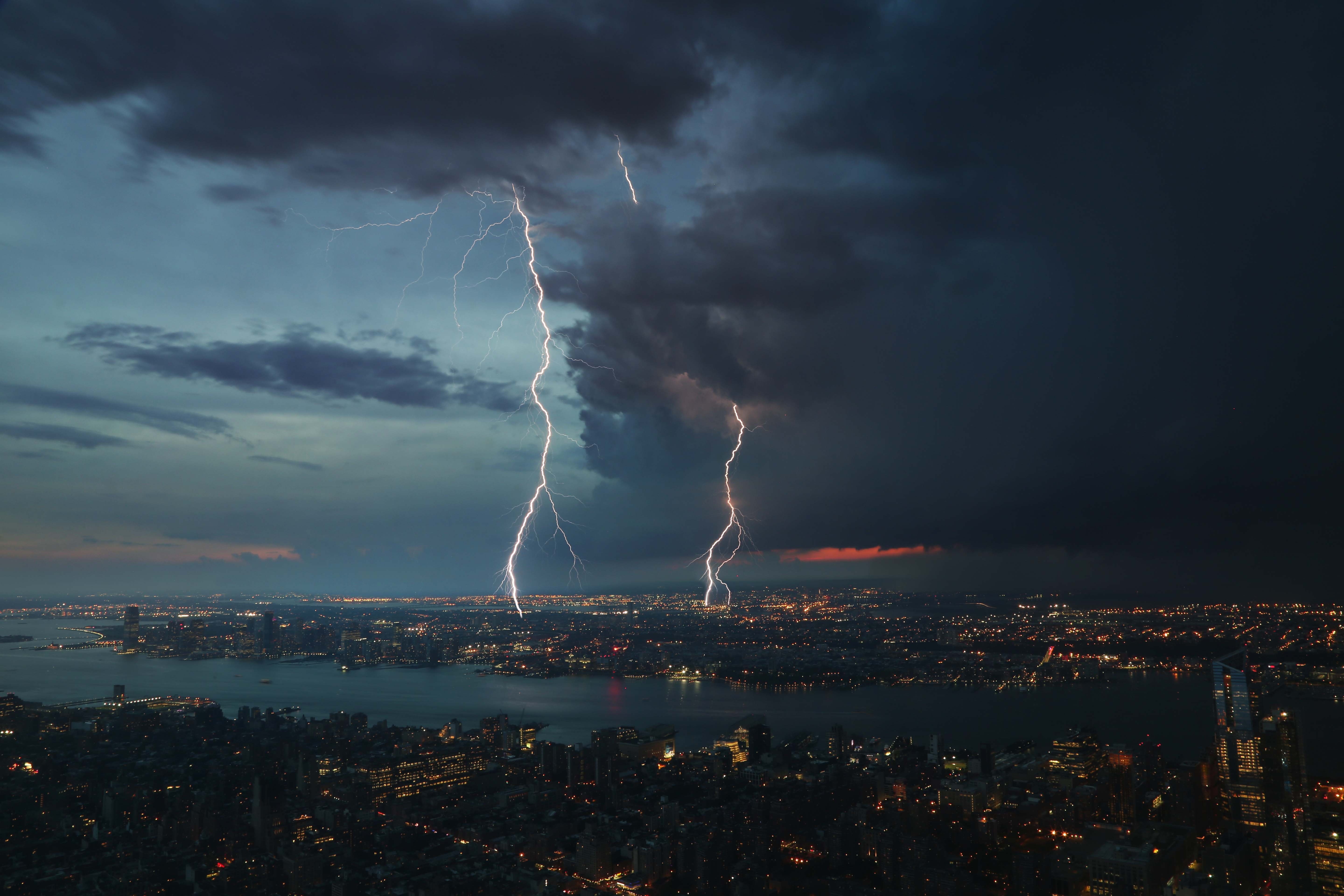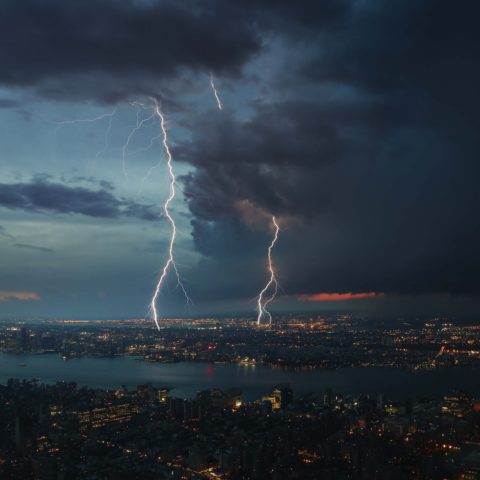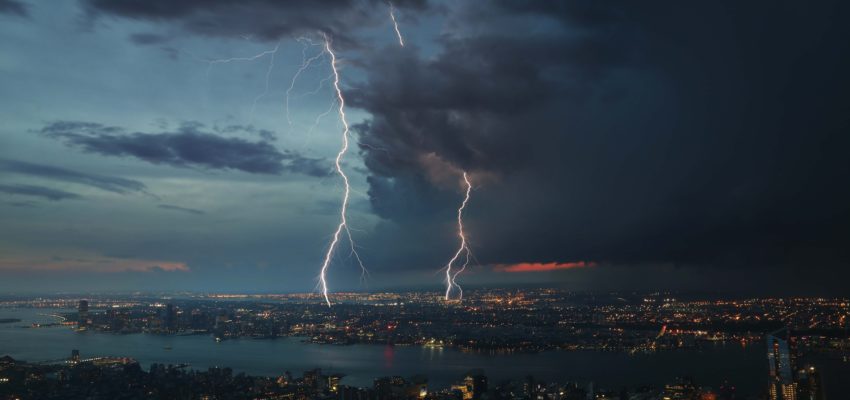 Electrical systems are all around us— at work, home, grocery stores, manufacturing plants and more. Our everyday lives depend on these electrical systems performing at their best without interruptions. If the power goes out during a thunderstorm, it can be a nuisance at home without Wi-Fi or power to the refrigerator. However, at a facility that relies on mission-critical equipment, like a hospital or manufacturing plant, even short-term power interruptions can carry large financial costs. Despite electrical designers’ best efforts, electrical ground faults, electrical transients and other disturbances can, and often do, occur in building electrical distribution systems.
Electrical systems are all around us— at work, home, grocery stores, manufacturing plants and more. Our everyday lives depend on these electrical systems performing at their best without interruptions. If the power goes out during a thunderstorm, it can be a nuisance at home without Wi-Fi or power to the refrigerator. However, at a facility that relies on mission-critical equipment, like a hospital or manufacturing plant, even short-term power interruptions can carry large financial costs. Despite electrical designers’ best efforts, electrical ground faults, electrical transients and other disturbances can, and often do, occur in building electrical distribution systems.
The good news is there are ways to reduce the likelihood of this costly damage and operational downtime.
Facility Electrical Protection is an nVent ERICO engineered systems approach to protecting property from lightning damage and other electrical transient events by providing the most innovative system that meets best engineering practices. Electrical problems caused by lightning strikes, ground faults or power surges pose serious threats to buildings and sensitive electronics. It serves three primary functions:
- Building protection
- Equipment protection
- Electrical noise reduction
The cost of property damage resulting from lightning and surge events can be very substantial. Costs include equipment repair/replacement in process material, operational downtime and opportunity costs. Underwriter’s Laboratory (UL) estimates that the cost of structural damage due to lightning exceeds one billion dollars annually, not including the cost of downtime, repairs and loss of business.
An Introduction to Facility Electrical Protection
A complete facility electrical protection design ensures that electrical energy of all forms returns to its source, while maintaining the reliability of equipment in all situations, even when the National Fire Protection Association’s National Electrical Code (NEC) does not have specific requirements.
A facility can also refer to multiple buildings. For example, a manufacturing company may have an office building, separate manufacturing building and distribution building. It’s important to consider the communication and power systems between all three separate structures.
A complete facility electrical protection design involves three interconnected systems:
- Lightning protection
- Grounding and bonding
- Surge protection
Each of the three depend on the other to function properly to prevent damage from different types of electrical disturbances. No air terminal, for instance, can effectively capture lightning energy without a dependable route to ground. Equally, even the most expensive surge protection devices (SPDs) are poor performers without a low-impedance electrical ground. These interdependent disciplines are best applied when looking at a total facility, rather than an individual piece of equipment or portion of a facility.
Continue reading below as we dive into the three interconnected systems of facility electrical protection design.
1. Lightning Protection
Lightning is an electrical discharge within clouds or from cloud to the earth. Lightning protection systems are required to safeguard against damage caused by lightning or currents induced in the earth from lightning. This electrical energy can arrive via surges to the power and communication systems, or equipment within a structure, even if the strike is some distance away. A direct lightning strike can cause structural or material damage, fires and electrocution. The indirect effects include damage to controls or other electronic equipment. In either event, a lightning protection system’s primary purpose is to conduct the high current energy safely into the earth.
When designing a lightning protection system, it is all about risk mitigation. Lightning is an unpredictable event. Even though meteorologist may be able to predict when the conditions are right for lighting strikes, it is impossible to predict exactly when or where lightning will strike. It is also impossible to say where it won’t strike. For instance, lightning doesn’t always strike the tallest object in an area, nor does it always strike more than once. For example, a building can stand for 80 years and never take a direct strike; then be struck four times during a single storm in its 81st year.
While many codes and standards exist for the design and installation of lightning protection systems (NFPA 780, BS IEC/EN 62305, etc.), meeting these minimum installation requirements does not necessarily provide protection to sensitive electronic equipment and data interconnections.
A well-designed lightning protection system will:
- Minimize potential differences between areas of a building or facility
- Prevent fires or structural damage
- Protect equipment and integrity of data and operations
Capturing that energy and conveying it to ground is the first challenge, but is heavily dependent on the grounding system’s ability to dissipate the large energy impulse safely into the earth. Without an effective low-impedance grounding foundation, the other protection systems will suffer.
2. Grounding and Bonding
The NEC defines grounding as the following:
“Establishing a connection, whether intentional or accidental, between an electrical circuit or equipment and the earth or to some conducting body that serves in place of the earth.”
The foundation of a facility electrical protection system is the grounding system. It is called a system—not just a ground— because best practice is more than just a single connection to earth; it is a system of ground electrodes that are bonded together to create a low-impedance grounding electrode system. The NEC only requires a second electrode for electrical system grounds measuring more than 25 ohms.
A grounding electrode system serves two purposes:
- Dissipate lightning energy
- Provide reference for electrical devices
The resistivity of the earth significantly impacts the overall impedance of the grounding system. Soil type, moisture, mineral content and contaminants determine the resistivity of the earth, and may change throughout the year or over time. Ground enhancement materials can be used to improve each individual electrode’s connection to earth in order to account for soil conditions, or annual changes.
The NEC defines bonding as:
“The permanent joining of metallic parts to form an electrically conductive path that will ensure electrical continuity and the capacity to conduct safely any current likely to be imposed.”
Bonding of the lightning protection system to the grounding system ensures that the voltages differences are minimized throughout the facility. Flash-over incidents during a lightning strike are minimized.
Connections are often the weak point of electrical circuits, especially circuits subjected to corrosion and high current. The capacity of a grounding circuit to protect property and personnel depends on the quality of its connections. Exothermic connections should be the primary option for below-ground bonding connections. Mechanical connections are susceptible to corrosion by allowing moisture and contaminants on the connection surfaces.
3. Surge Protection
Electrical and electronic equipment in computing, communications and control/alarm installations are highly susceptible to damage from power transients. These impulses may be generated externally to the facility by direct or nearby lightning or operation of utility substations. Internally, a larger number of smaller impulses are generated by operation of nearby electrical equipment.
External disturbances, like a lightning strike, may be dissipated into the ground safely and effectively by the grounding system. Alternatively, if a lightning strikes nearby, that energy can travel through the ground into the grounding system, and then end with the same result. This is known as a ground potential rise, or capacitive or inductive coupling.
Internally, there are surge and overvoltage events. Motors drives, utility switching, circuit breaker arcs while clearing faults, and switching of loads all create disturbances within an electrical system. The wear and tear on equipment— low-voltage or otherwise— can be equated to hearing loss. It happens slowly over time and before you know it, it fails. A best practice surge protection system can reduce the beating your equipment takes from unpredictable transient events.
A coordinated protection scheme is the best practice method, where the incoming AC power feeders are protected, as well as the low voltage data/telecommunication circuits.
Expertise for Every Project
With more than 75 years of experience in research, testing and product development, nVent ERICO employs a total engineered systems approach when working with customers on any project, ranging from small installations to multi-billion dollar, turnkey projects anywhere in the world.
Lightning protection, grounding, bonding and surge protection are technical subjects that demand the expertise that only nVent ERICO can provide. nVent ERICO can point facility owners in the right direction with the necessary support needed to implement a complete facility electrical protection system.
To stay updated on the latest news, tips and best practices about facility electrical protection, subscribe to our blog.


